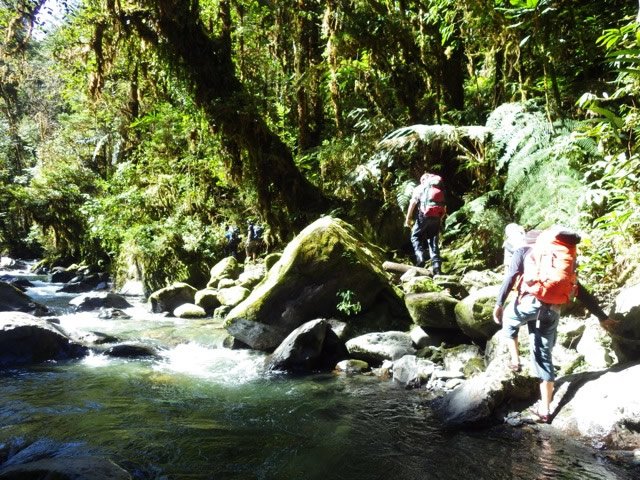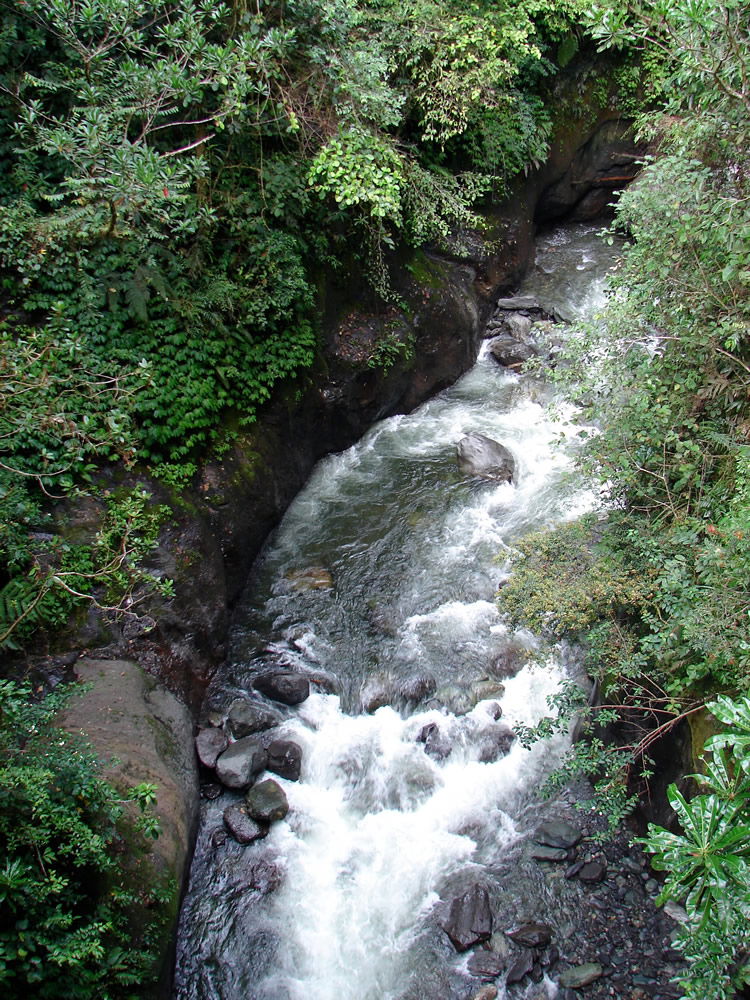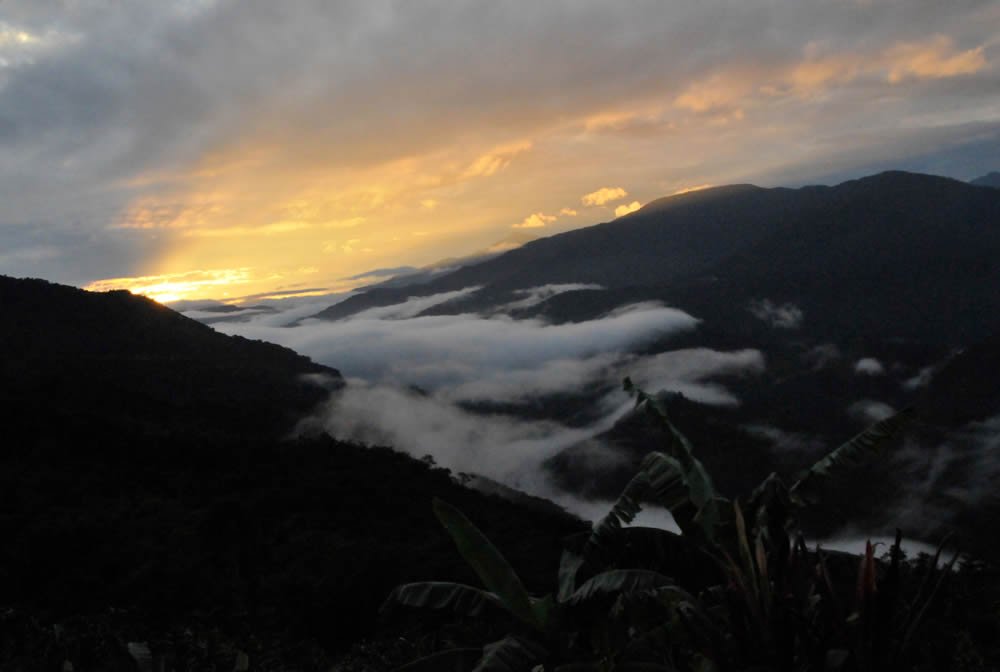Our Hunt for the Thylacine
When my brothers and I first heard about the Tasmanian tiger we were completely fascinated. This amazing animal differs from anything you have ever seen. Just imagine a large, marsupial, dog-like creature covered in unmistakably tiger-like stripes. Tasmanian tigers possessed a combination of characteristics ranging from the hyena, dog, and cat, to the kangaroo with their stiff tails and marsupial pouch! Such a unique ambush predator with so many similarities and characteristics to other mammals in the animal kingdom is a testimony to the creativity of a common Designer.
Now, this might make you want to go find this creature at a local zoo to get your picture with it, or go on safari to observe it in it’s natural habitat—but unfortunately, you would be out of luck. The closest you could get to a living thylacine would be a stuffed specimen or old black-and-white photos on the Internet. Today, we are told that Tasmanian tigers or thylacines are no more. The extinction of their strange species is commonly attributed to being hunted to death in the rural areas of Australia and Tasmania back in the early 1900s.
Despite this disturbing news, there have been sightings and claims (though unsubstantiated) of thylacines still alive today. The discovery of thylacine bones not too far from the mountains we minister in prove that once they even roamed outside of Australia and Tasmania. Could a handful of these amazing creatures still be alive in some of the most remote pockets of Asia Pacific, living under the radar and completely unknown to the scientific community? That would be an incredible discovery!
This is what my brothers and I dreamed of. And we had reason to do so.

The jungles around us are unexplored frontier and hold many secrets. Hundreds of miles of jagged green mountains point north, south, east, and west of us. With little, if any, scientific work done here, it was just possible that living Tasmanian tigers could still be out there.

The ecosystem could certainly support thylacines. The terrain and food source around our mountains is ideal. From what we can gather on the limited knowledge of thylacine behavior, thylacines preyed on most anything they could catch, small game, birds, cassowary, possum, and tree kangaroo. This diet matches what we have around our area and is plentiful enough to keep thylacines from going hungry.
Over years of living in the tribe we had heard stories of these wild dogs living out in the peoples’ hunting grounds, occasionally sighted or heard howling in the distance. We gathered descriptions and accounts of this mystery dog, locally called the Mbakngge.
What was the Mbakngge really? Could it and the thylacine be one and the same? Answering that question started us on one of our most trying and ambitious adventures yet. By definition, cryptozoology is the search for and study of creatures whose existence or survival is disputed or unsubstantiated. The thylacine’s survival is disputed, so our quest was one of cryptozoological significance.
Over three years of crashing through steamy jungles, researching thylacines, and following up every stray lead no matter where it took us produced many experiences. The thrill of discovery, investigation, disappointment, trial and error, and most importantly, endurance, are all captured in our fourth episode Tiger Trail.

*The views expressed by the Wild family are their own and not necessarily those of Answers in Genesis.
© 2025 Answers in Genesis | Privacy Policy

